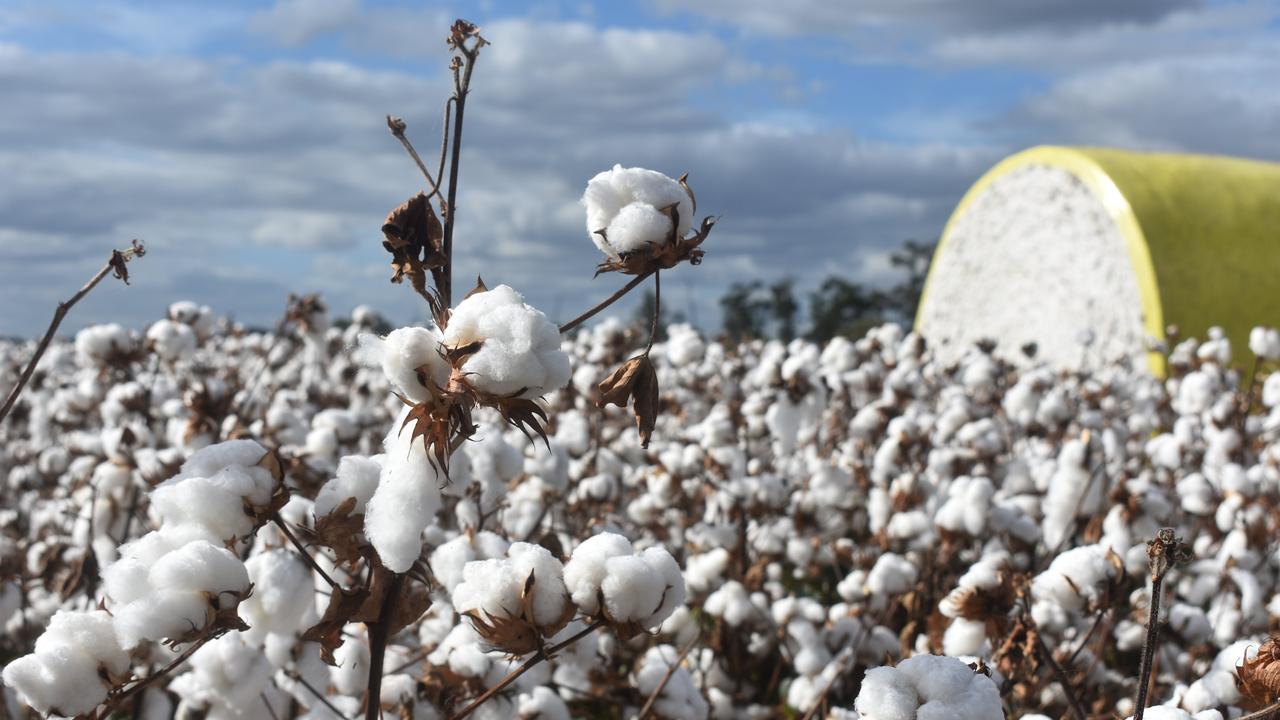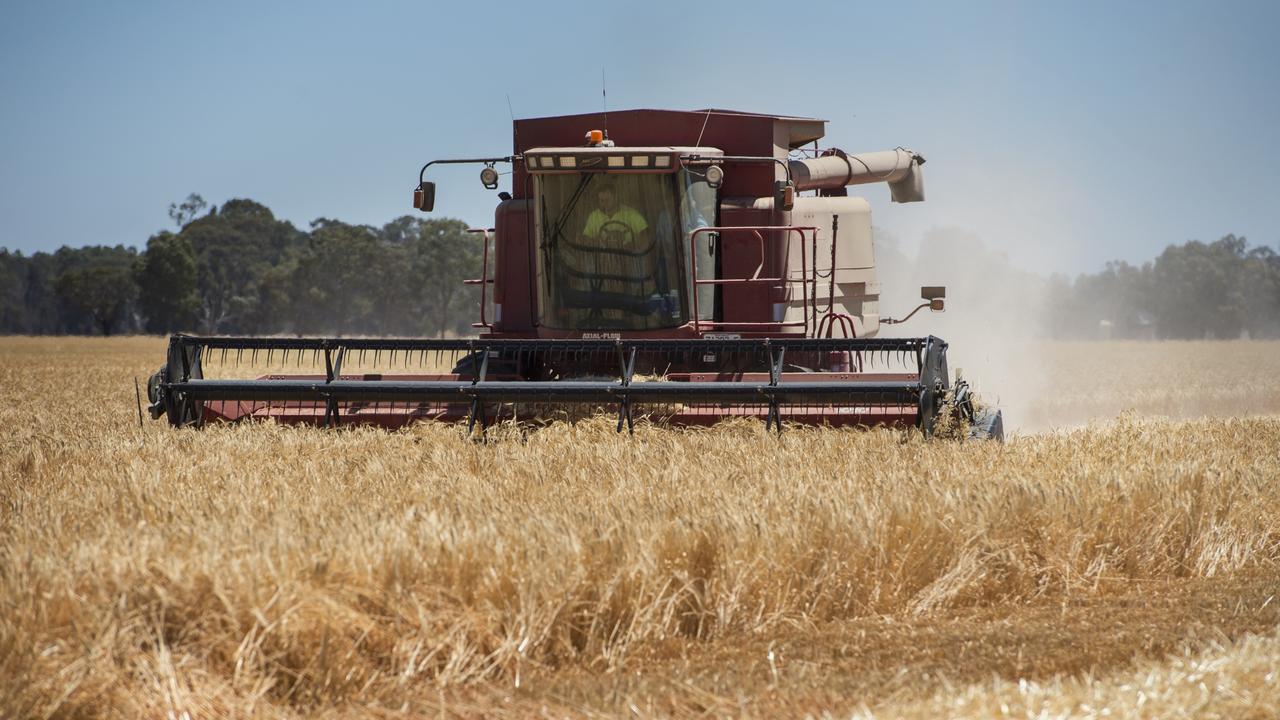Integrated approach to snail, slug management is needed
With snails becoming a major pests in grain crops and posing a threat to market access, an integrated management approach is essential.
MANAGING snails and slugs in crops should be done with an integrated approach.
There are four introduced species of snails established in southern Australia and they have become major pests in grain crops, posing a threat to market access, according to the Grains Research and Development Corporation.
The shift to minimal soil cultivation, retained stubbles and limited grazing has advantaged snail survival and reproduction.
Independent snail and slug management consultant Michael Nash, who recently delivered workshops with Agriculture Victoria in the Wimmera, said now was the perfect time to start being pro-active about snail and slug management.
Dr Nash said cultural controls, such as knocking snails on the ground with a roller or cables when the temperature was above 35C, was one control measure that could be used in a minimum- till operation.
“This year I noticed a lot of growers in western Victoria baled straw, so this can be a good management tactic for snails,” Dr Nash said.
“Keeping stubbles short is good because we know that snails are more likely to move to the top (of a plant) to avoid the heat.”
Dr Nash said snails would also move to the outside of a paddock to crop edges and to the sides of the road where it was bare, so applying bait at the edge to get the snails as they moved back into the crop was ideal.
“There are many types of bait on the market, but they all have the same active ingredient,” he said. “It is just the delivery and timing that differ.”
Dr Nash said growers could get different results depending on the time of the year.
He said the best time to bait was once dews started in about March, when snails started reproducing.
“In different locations the timing might be slightly different, but the best approach is to apply a product that lasts (through rain) and is ready once snails start reproducing,” Dr Nash said.
“The aim is to kill as many adult snails as possible before they lay their eggs.”
When it comes to slugs, Dr Nash said the main thing to protect was seedlings of crops, especially canola.
“It comes down to the timing of the bait and using a good bait that lasts,” he said.
Dr Nash said he recommended baiting for slugs at sowing.
The seasonal conditions could affect the number of snails or slugs in a crop for next season. Often wet winters and summers could lead to higher numbers.
And Dr Nash said drier conditions could reduce populations.
“Farmers adapting to a drier climate by having more stubble cover, applying lime and claying to retain moisture, which are great for growing crops, are actually making better conditions for slugs and snails, so it is important to manage them,” he said.
Dr Nash said if growers were unsure how to tackle the pests, their agronomist or GRDC pocket guides could help.
He said it was best to apply management techniques in the local context, depending on species.



